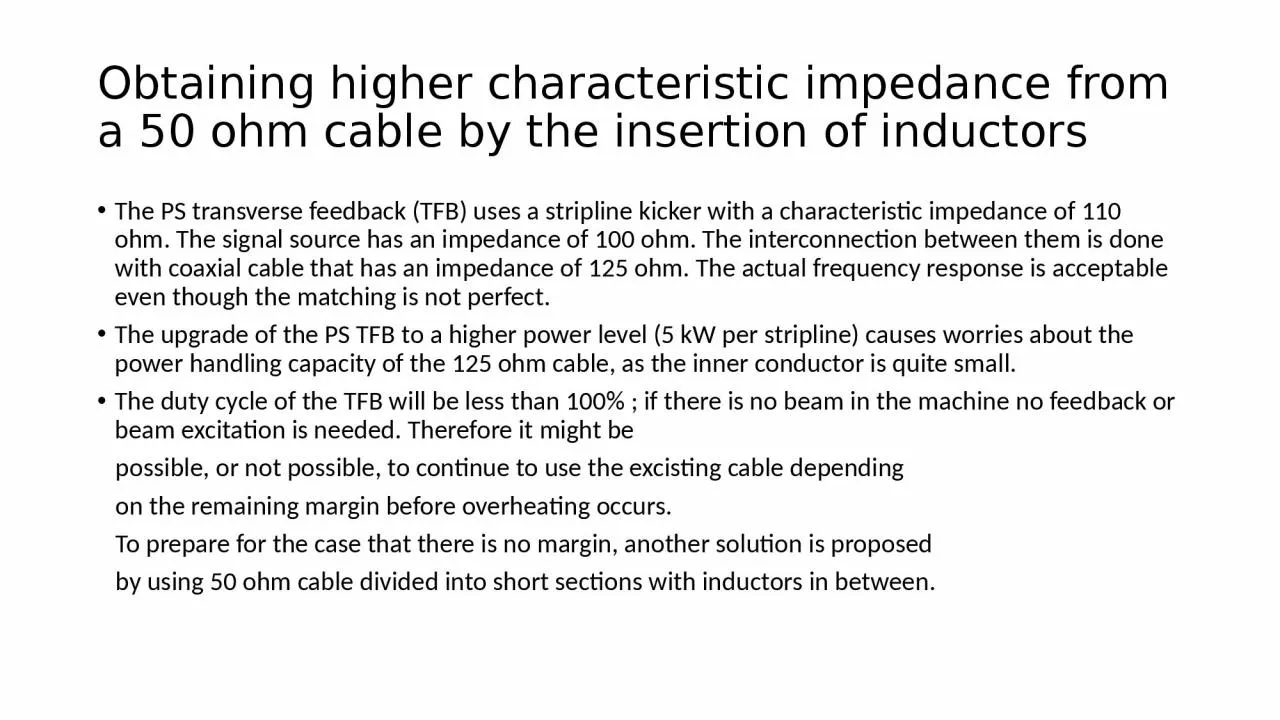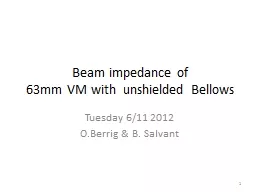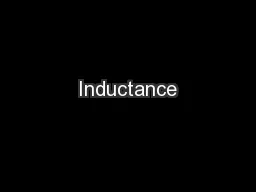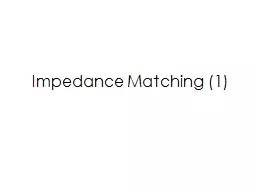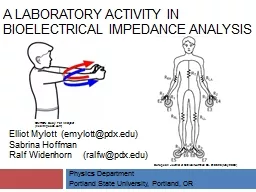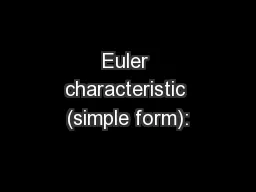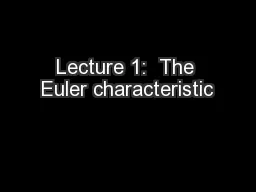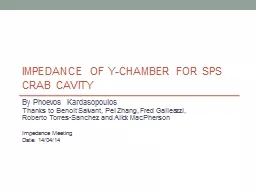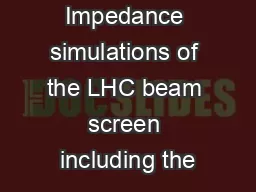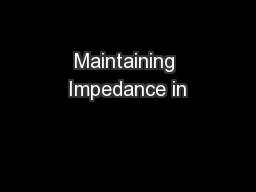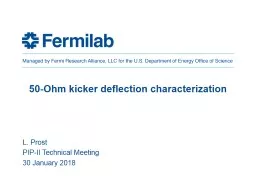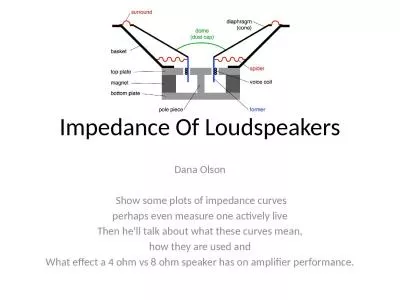PPT-Obtaining higher characteristic impedance from a 50 ohm cable by the insertion of inductors
Author : alis | Published Date : 2023-11-09
The PS transverse feedback TFB uses a stripline kicker with a characteristic impedance of 110 ohm The signal source has an impedance of 100 ohm The interconnection
Presentation Embed Code
Download Presentation
Download Presentation The PPT/PDF document "Obtaining higher characteristic impedanc..." is the property of its rightful owner. Permission is granted to download and print the materials on this website for personal, non-commercial use only, and to display it on your personal computer provided you do not modify the materials and that you retain all copyright notices contained in the materials. By downloading content from our website, you accept the terms of this agreement.
Obtaining higher characteristic impedance from a 50 ohm cable by the insertion of inductors: Transcript
Download Rules Of Document
"Obtaining higher characteristic impedance from a 50 ohm cable by the insertion of inductors"The content belongs to its owner. You may download and print it for personal use, without modification, and keep all copyright notices. By downloading, you agree to these terms.
Related Documents

